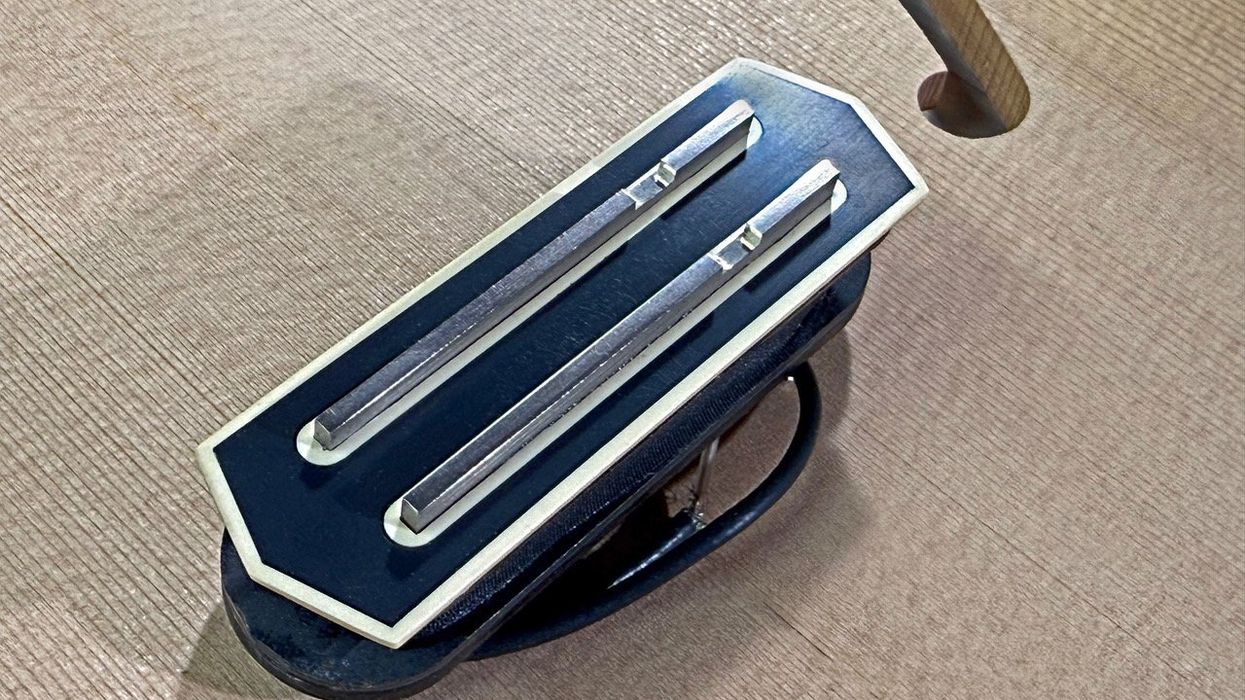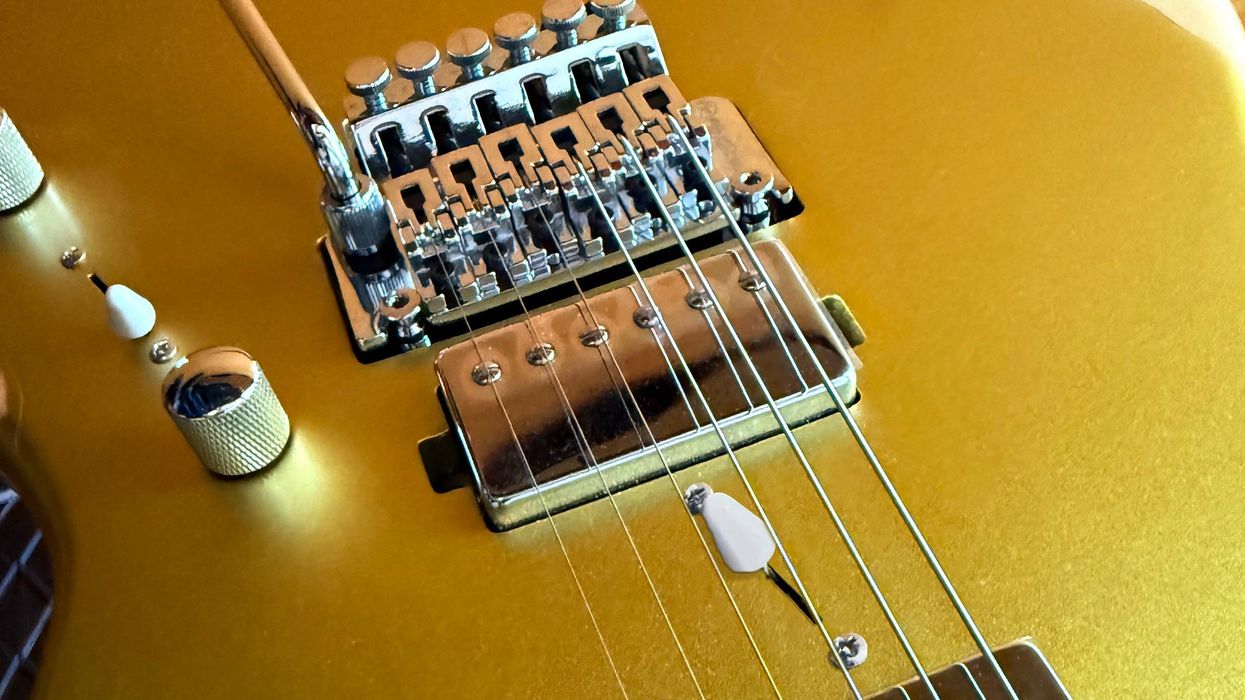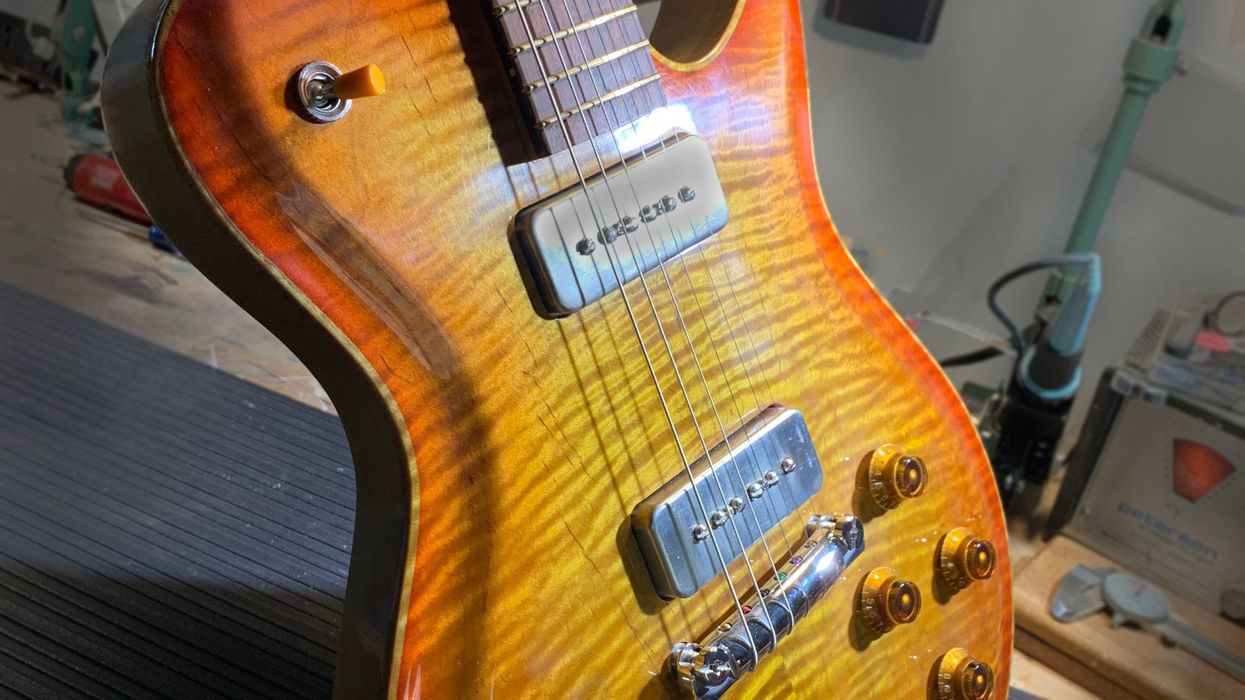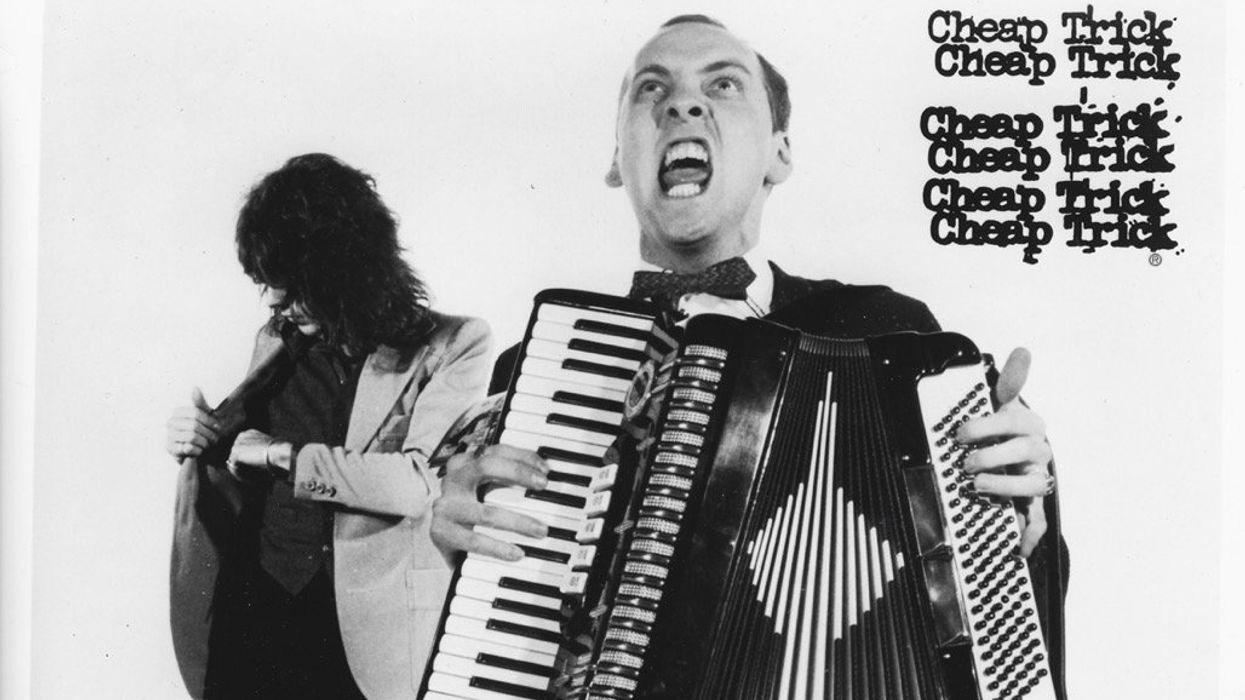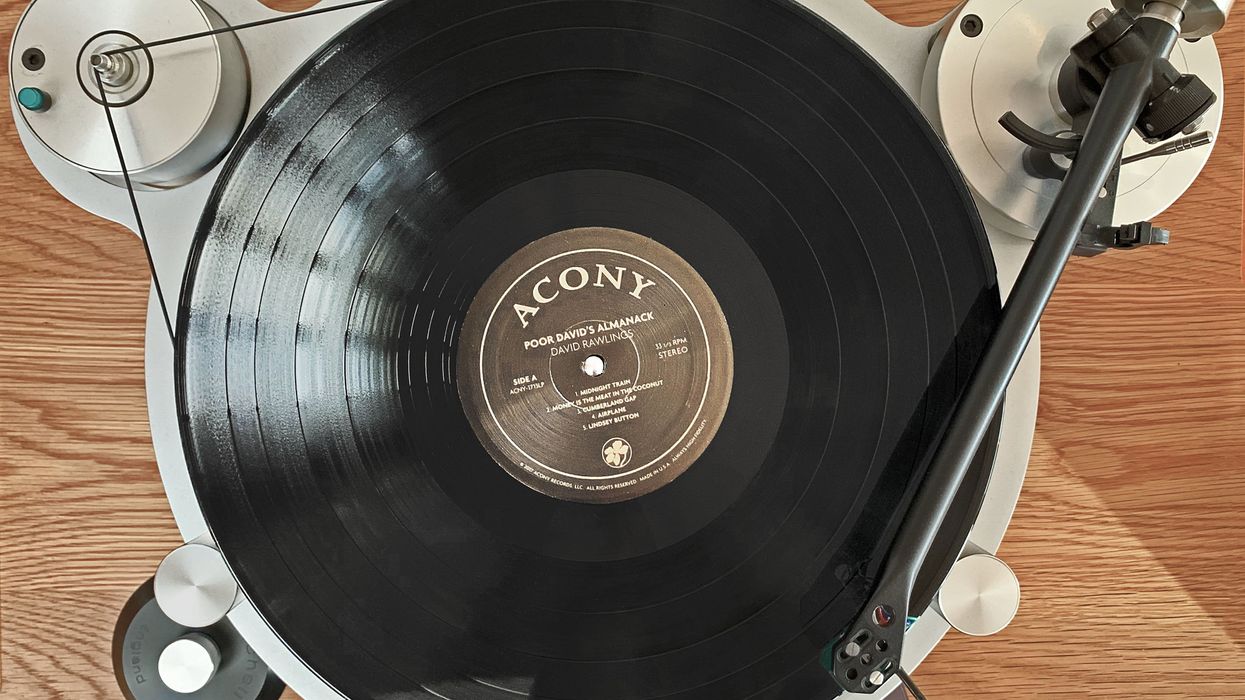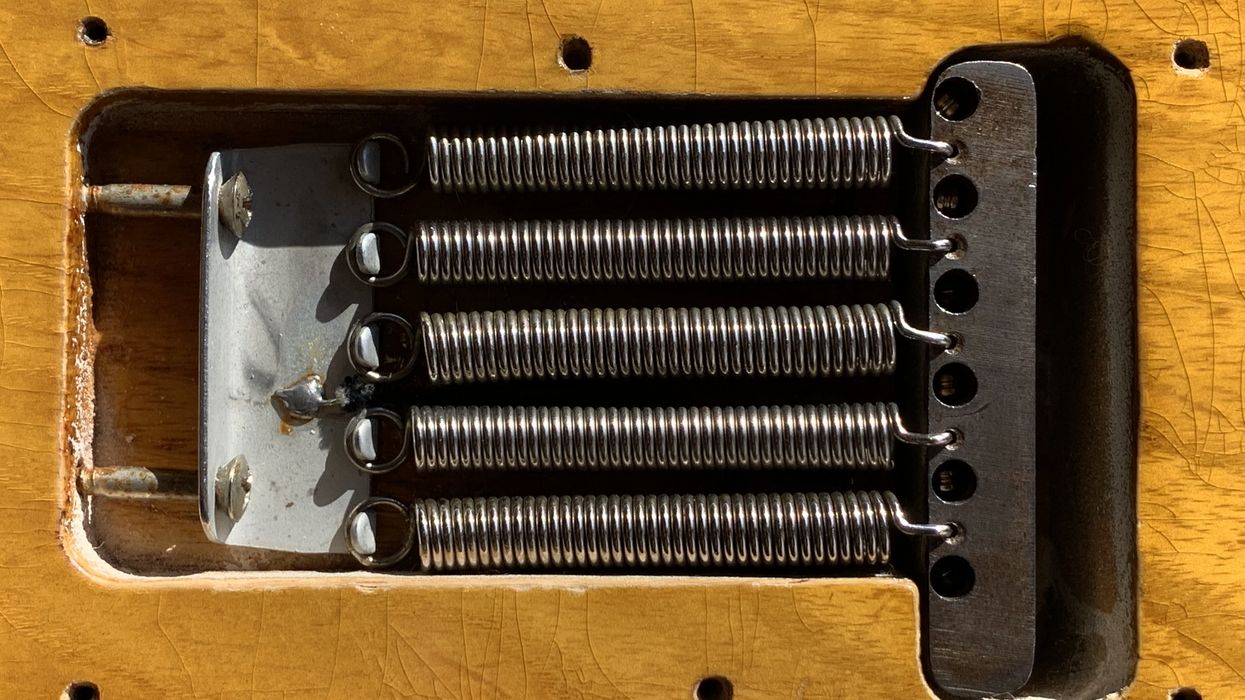Have texture, color, context, and groove replaced shred chops and bluesy bends in the modern guitar era? Seems like it!
There was a time when the electric guitar reigned like a monarch. Plugged in, turned up, and cracking the sky with saturated authority, it swaggered through stadiums, screamed through garage doors, and printed sparkling textures onto tape reels in studios. Electric guitars weren’t just instruments, they were an accomplice in rebellion—a declaration of intent with six strings and a headstock like a crown.
But that was then, and this is now. Welcome to 2025, where the electric guitar is neither dead nor dominant, but hovering somewhere in the curious limbo between legacy and latency. So let’s roll up our sleeves and take a grease-stained look under the hood.
The Death of the Guitar Has Been Greatly Monetized
Every few years, some tone-deaf oracle proclaims that the electric guitar is dying—usually right before Fender reports record-breaking sales. The “guitar is dead” trope is as worn as a 1959 slab-board neck, and just as beloved in certain circles. But peek behind the curtain of online guitar forums, and you’ll see a landscape less apocalyptic but certainly more complicated.
New gear sales may have occasionally hit plateaus, thanks in part to a tidal wave of secondhand Strats and Les Pauls sloshing around the used market, but that doesn’t mean guitarists aren’t playing. In fact, a growing number of those people are young, diverse, and uninterested in recreating “Eruption” note-for-note. Statistics don’t lie and research indicates that nearly half of all current guitar players are under 30, and about a third are women. The old gatekeeping clichés are rusting away, and the next generation is walking right past them playing a genre you probably can’t name—but your kids will.“We’re witnessing a new breed of guitar sounds designed not just for soloing, but for integrating seamlessly into a sonic workflow that might involve synths, loopers, and yes, even AI.”
Tone Meets Tech
If the classic electric guitar was a muscle car, tomorrow’s iteration may be a hybrid with an amp-modeling package. We’re seeing a rise in alternative pickups, effects-driven designs, and sustainable materials replacing endangered hardwoods. Carbon fiber? It’s not blasphemy any longer. Recycled aluminum? Well, maybe. Guitar rigs are becoming the solar panels of the gear world: tech-savvy, divergent, eco-friendly, yet still capable of making your windows rattle.
But this isn't just about sustainability—it’s about adaptability. We’re witnessing a new breed of guitar sounds designed not just for soloing, but for integrating seamlessly into a sonic workflow that might involve synths, loopers, and yes, even AI. Simply put, it’s about the music, not the muscle.
Genre for a New Generation
If you’re looking for the next guitar god, don’t bother. The pedestal has been dismantled, and the throne now belongs to the collective. Today’s players are blurring genre lines like a toddler with a crayon. The guitar isn’t always the star of the show—it’s the secret ingredient, the smoked paprika in a mashup gumbo. It’s not about being the loudest voice anymore—it’s about texture, color, and context. We’ve had our fill of ego-driven wankery—give us nuance. Give us groove. Give us players who aren’t afraid to capo, loop, and go full tremolo spaghetti-Western to a chillhop beat backed by a horn section. Don’t forget the whammy pedal on the electrified resonator, all while serving the song.
The Coda
So where does that leave us? Somewhere between tradition and transformation—maybe with a hand-wired analog fuzz in one hand and a MIDI cable in the other. As much as I love a sweet blues-rock hand vibrato at the end of a classic pentatonic riff, I don’t mourn its reduced stature. The electric guitar hasn’t vanished; it’s just learned to blend new dialects. It’s still a tool for expression, rebellion, and joy. Guitar is still capable of conjuring emotions that don’t fit into neat categories. And if you ask me, it’s doing just fine.
